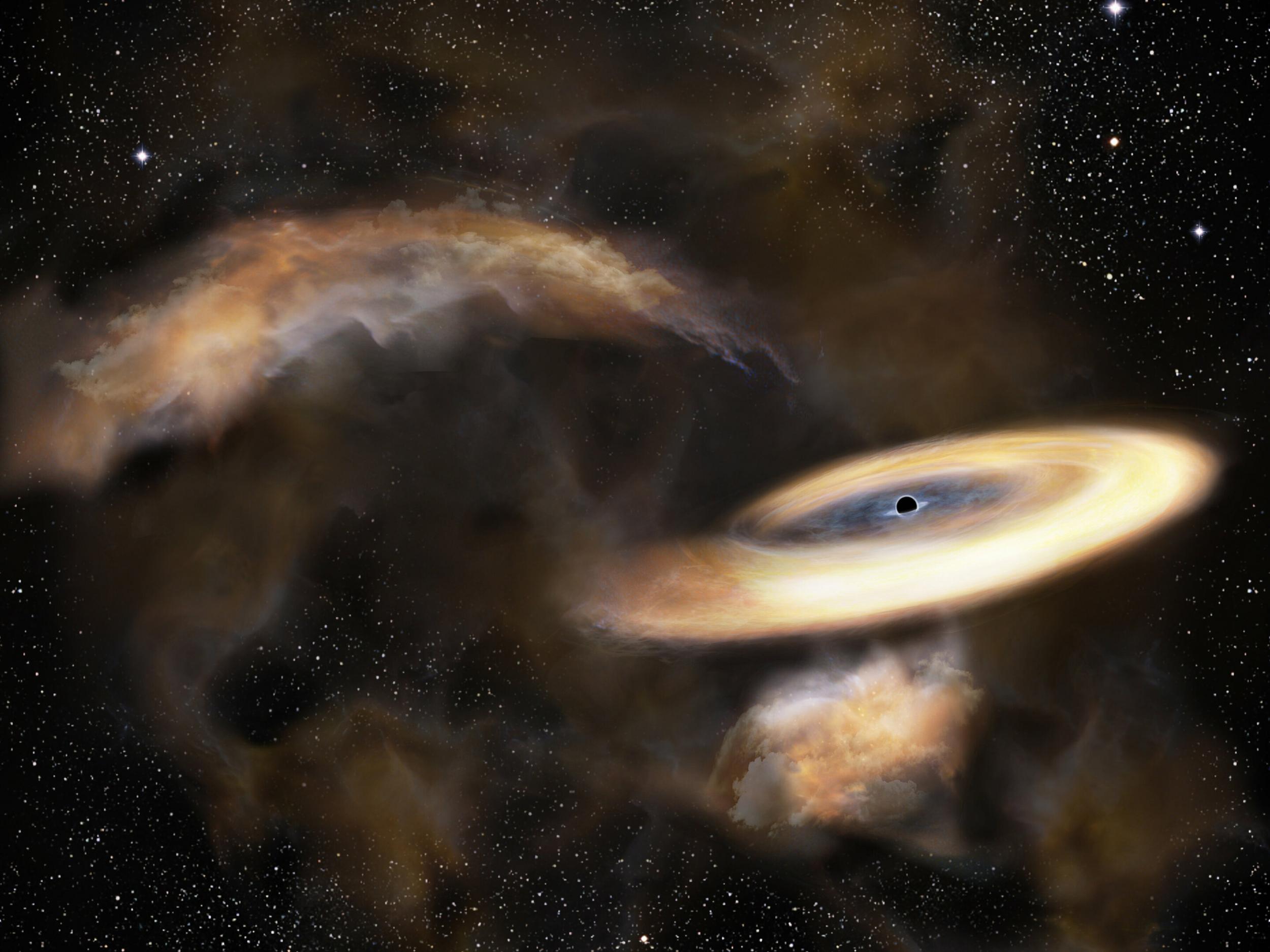Black hole may have swallowed neutron star, astronomers believe
Vast gravitational waves detected ripping across space

Your support helps us to tell the story
From reproductive rights to climate change to Big Tech, The Independent is on the ground when the story is developing. Whether it's investigating the financials of Elon Musk's pro-Trump PAC or producing our latest documentary, 'The A Word', which shines a light on the American women fighting for reproductive rights, we know how important it is to parse out the facts from the messaging.
At such a critical moment in US history, we need reporters on the ground. Your donation allows us to keep sending journalists to speak to both sides of the story.
The Independent is trusted by Americans across the entire political spectrum. And unlike many other quality news outlets, we choose not to lock Americans out of our reporting and analysis with paywalls. We believe quality journalism should be available to everyone, paid for by those who can afford it.
Your support makes all the difference.A black hole may have been detected swallowing a neutron star for the first time ever, astronomers have said.
Vast gravitational waves – which scientists think could have been caused by such a merger – have been seen ripping across space.
Astronomers working on the twin Ligo and Virgo observatories, based in the US and Italy respectively, spotted them.
If proven, it could improve understanding of what exactly happens when black holes eat stars, and if the star itself passes through into oblivion intact or is ripped apart during the encounter.
Astronomers across the world are now focusing their observations on the patch of space – some 1.3 billion light years away – where it is roughly believed the clash happened in a bid to gather more evidence.
“The universe is keeping us on our toes,” Patrick Brady, a spokesperson for Ligo and professor of physics at the University of Wisconsin-Milwaukee, said in a statement. “Unfortunately, the signal is rather weak. It’s like listening to somebody whisper a word in a busy cafe; it can be difficult to make out the word or even to be sure that the person whispered at all. It will take some time to reach a conclusion about this candidate.”
Ligo and Virgo were switched on again on 1 April after a period of upgrades.
They work by picking up tiny ripples in the fabric of space that are fired out across the universe when two massive objects collide.
The new detection, on 26 April, came just a day after the system had identified a cataclysmic merger of two neutron stars about 500 million light years from earth.
Giovanni Prodi, data analysis coordinator with Virgo and a professor at the University of Trento, described the two incidents as making the period an “incomparable scientific month”.
Join our commenting forum
Join thought-provoking conversations, follow other Independent readers and see their replies
Comments